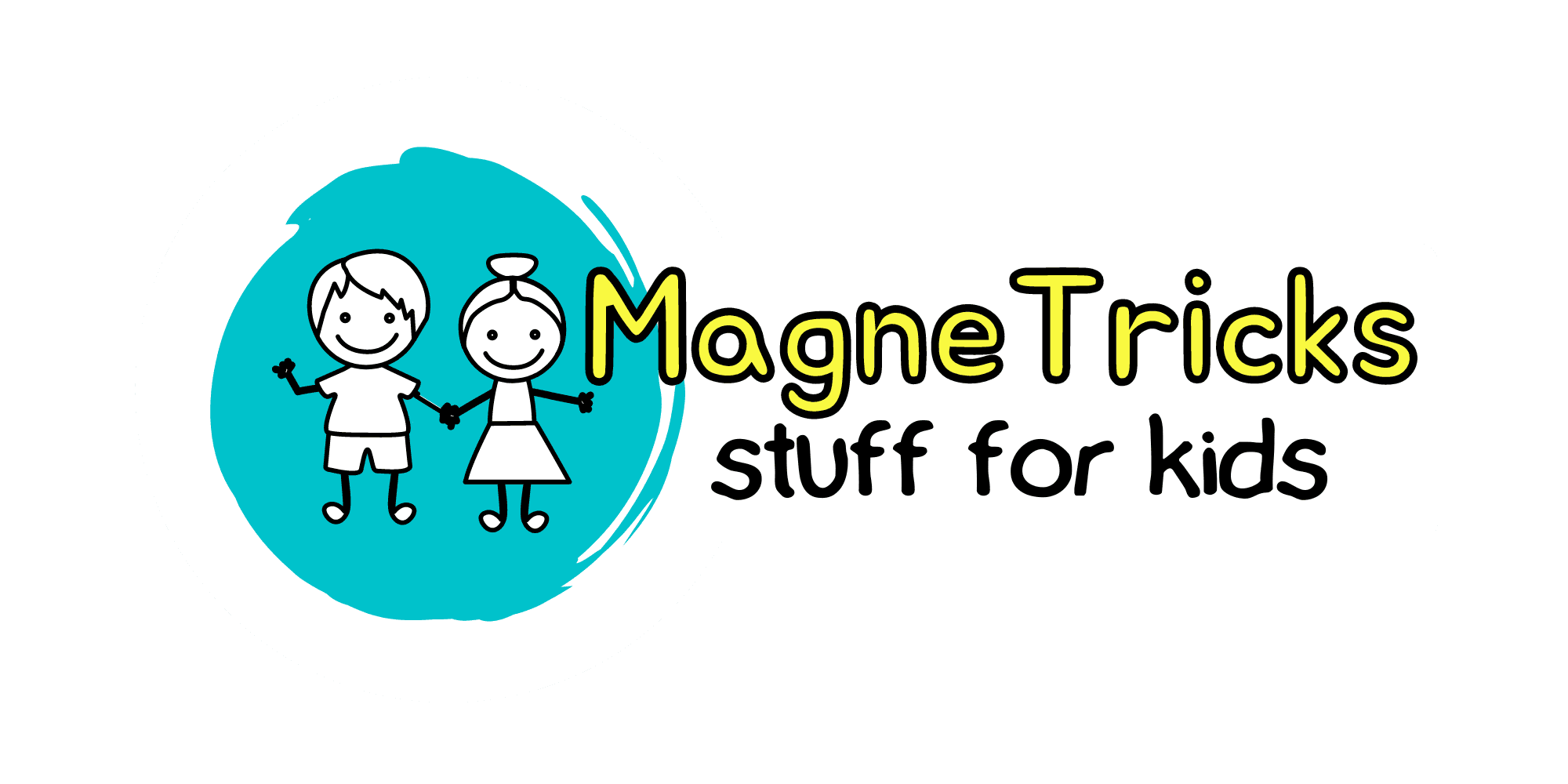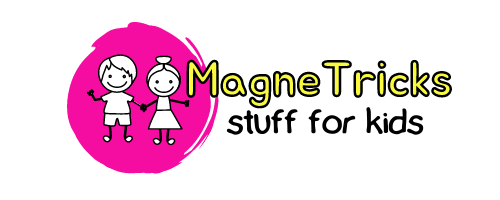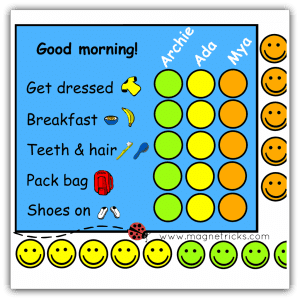Written by Lillian Brooks
 According to a National Institute of Health study, approximately 5 percent of all American children have some kind of disability. There are many therapies designed to help mitigate the symptoms of various disabilities using visual, technological, multi-sensory, and other treatments. Art therapy has proven to be one of the most effective approaches for children with a variety of learning and developmental disorders. Children can express their thoughts and feelings through a wide array of mediums, and it’s very effective at helping overcome anxiety, a widespread problem among children today. Best of all, there are lots of things you can do at home to help your child cope with a disability.
According to a National Institute of Health study, approximately 5 percent of all American children have some kind of disability. There are many therapies designed to help mitigate the symptoms of various disabilities using visual, technological, multi-sensory, and other treatments. Art therapy has proven to be one of the most effective approaches for children with a variety of learning and developmental disorders. Children can express their thoughts and feelings through a wide array of mediums, and it’s very effective at helping overcome anxiety, a widespread problem among children today. Best of all, there are lots of things you can do at home to help your child cope with a disability.
Set Up an Art Room
An art room should be a haven where your child can express himself freely and without having to worry about making a mess. That’s a key concern, as art therapy may not be effective if a child feels constrained or anxious in any way. Set up easy-to-clean tables and desks that can be wiped down quickly. There are paints that create a chalkboard-like surface on walls, allowing kids to draw with chalk. Set aside a portion of this space for displaying your kid’s creative work. Art rooms should have ample space for supplies, including paints, paint brushes, crayons, papers, and more. Be sure to keep smocks and other protective clothing on hand to keep good clothing from getting smeared with paint and other materials. Keeping your child’s art room organised will make it easier for him to reap the benefits of creative opportunities.
Look Through Picture Books
There are many books with large-sized reproductions of famous paintings and other artwork that you can share with your child. There are many publications that also feature landscape photography, lithography, and other forms of artwork that may stir your child’s imagination and provide inspiration. Encourage your child to interpret or explain what he sees in each picture and how it makes him feel, and suggest trying to reproduce his favourite ones in paint, pencil, chalk, or whatever medium pleases him. Consider a trip to a local art museum, where you can share the work of the great masters with your child.
Try Various Art Forms
Remember that the visual arts represent only one aspect of artistic expression. There are many other forms your child can try. Crafting is popular among many people, and it’s a good way for kids to create art together with their parents. There many options to choose from, including creating objects using objects from nature to practical, utilitarian items from different materials. If you want to introduce them to a practical art that they can use throughout their life, get them involved with textile arts such as knitting or sewing. These are skills people can use for years to come, and it can also help them learn how to follow instructions and solve problems. Fortunately, there are several resources available online to get them started for free.
Dance
Dance is an often-overlooked art form that allows children to combine self-expression with exercise. It teaches, rhythm, dexterity, sequencing, and how to follow instructions as they improve coordination and develop athletic ability. Ballet, tap, and Bollywood dancing offer excellent opportunities for expression through free movement.
Music
Music can be a powerful way to break through learning disabilities and cognitive impairments. It’s often used to help rehabilitate seniors with short- and long-term memory problems. There are many mental benefits for disabled kids who learn a musical instrument. Your child can learn for free online, or through one-on-one instruction with a local teacher. Allow your child the opportunity to handle and try different instruments by visiting a music store until he finds the right one for him.
Art is a powerful communicative force that’s capable of inspiring people to change their lives and try things they would never otherwise consider. It’s also powerful enough to cause substantial cognitive and behavioural changes in a disabled child who has trouble with self- expression and overcoming anxiety.
Image courtesy of Pixabay.com
Lillian Brooks is the founder of learningdisabilities.info. For years, Lillian worked as a special education teacher with a focus on teaching children with learning disabilities. She created learningdisabilities.info to offer information and understanding to parents of children with learning disabilities, as well as adults who are in need of continued support in order to succeed.




